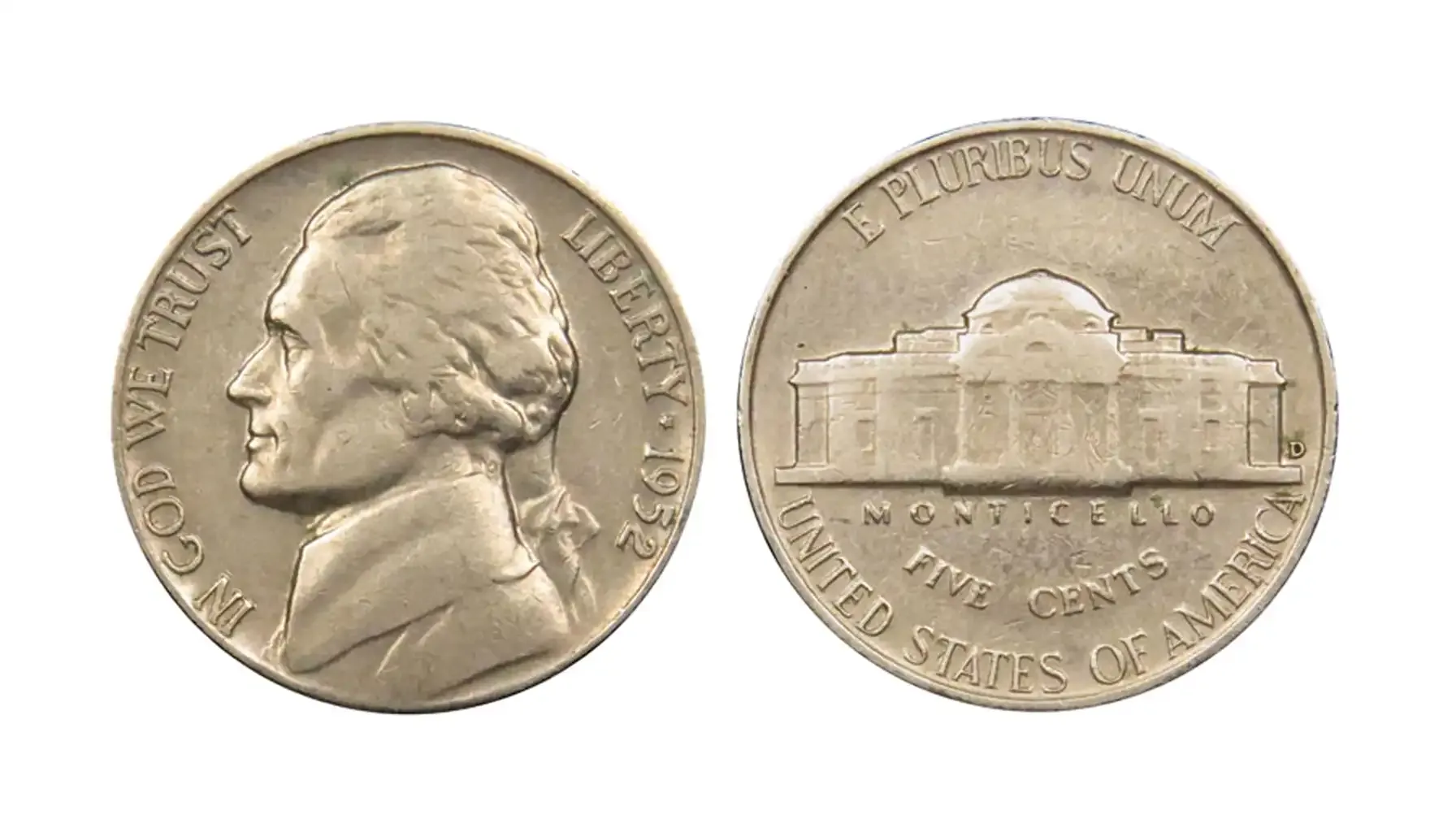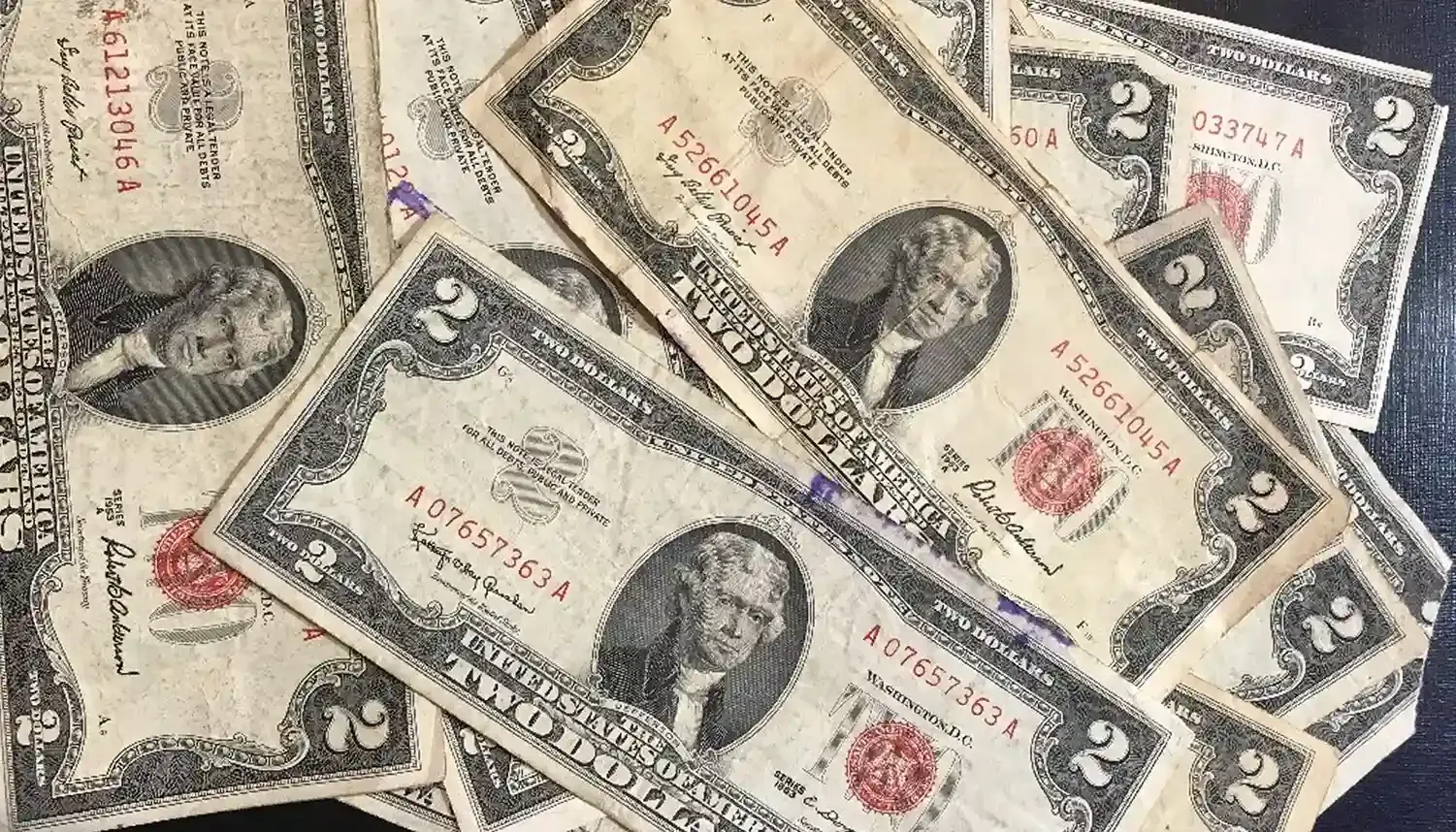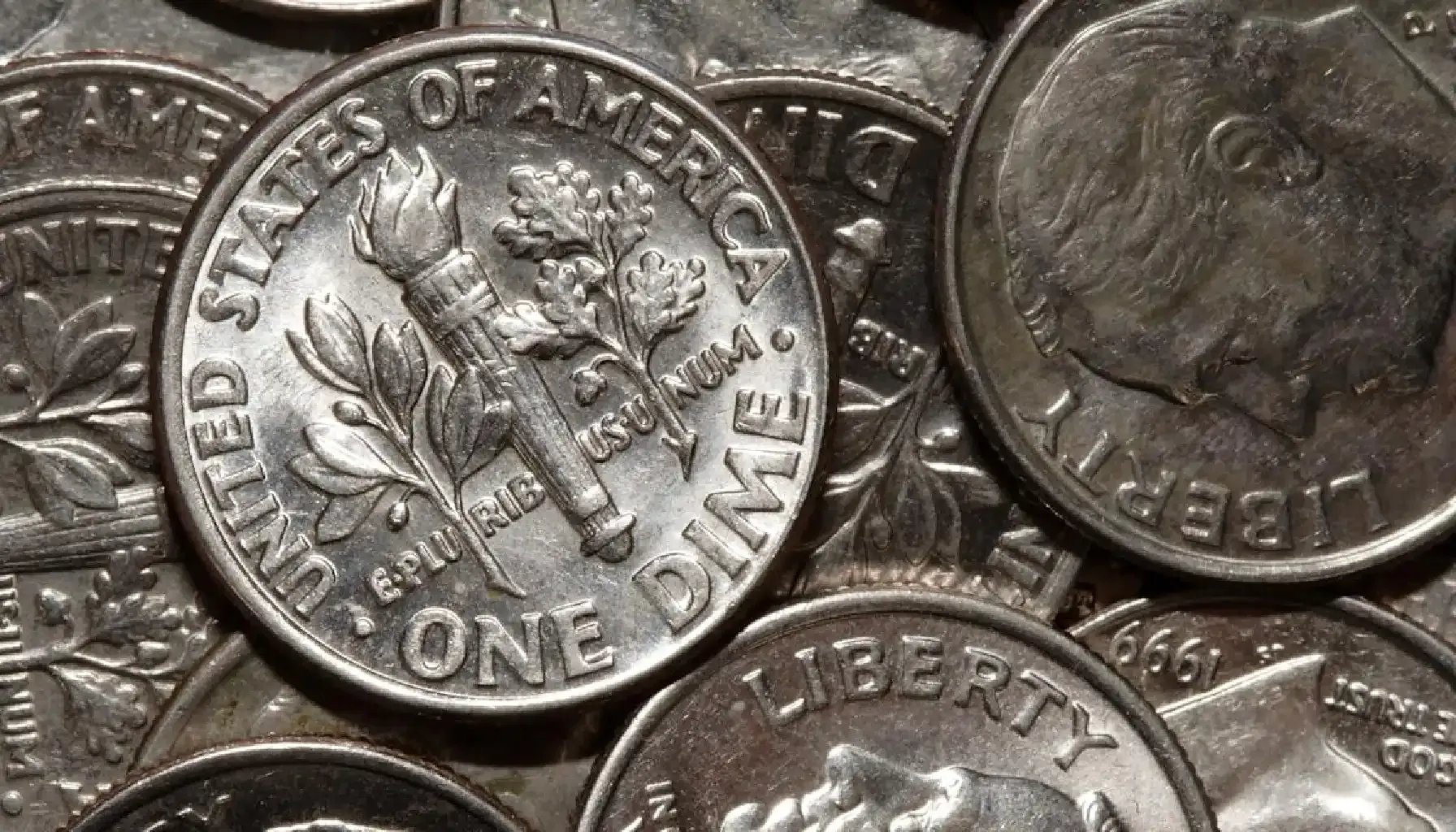Contents:
If you've ever tried to collect coins, chances are you've encountered some confusing abbreviations and numbers like AU, MS-60, or XF-AU. If you can understand what these terms mean, you’ll be able to evaluate a coin’s value for buying, selling, or simply admiring.
Today, we’re going to discuss the entire coin grading system, from the lowest "Good" grade all the way to the pristine perfection of Mint State-70 (MS-70). We’ll explain terms like coin grading AU and MS, and answer questions like "What does AU mean in coin grading?" Get ready to become a coin grading expert!

G (Good) Coins
At the very base of the grading system is G for Good. But don't be fooled by the term—coins graded as "Good" are actually in pretty rough shape. A G coin has been heavily circulated, with significant wear across its surface. Most details are faint or completely worn away. So, only the major design elements are barely visible.
These coins may lack aesthetic appeal, but they can still hold historical significance. The value of a "Good" coin depends heavily on its rarity. For some older or scarce coins, even in this worn condition, collectors will pay top dollar simply because so few examples remain.
By the way, if you’re looking for a good app that can identify coins even in this condition, we recommend to you the Coin ID Scanner app. It’s simple, reliable and quick. Just take a photo, and the app will tell you everything about the coin.
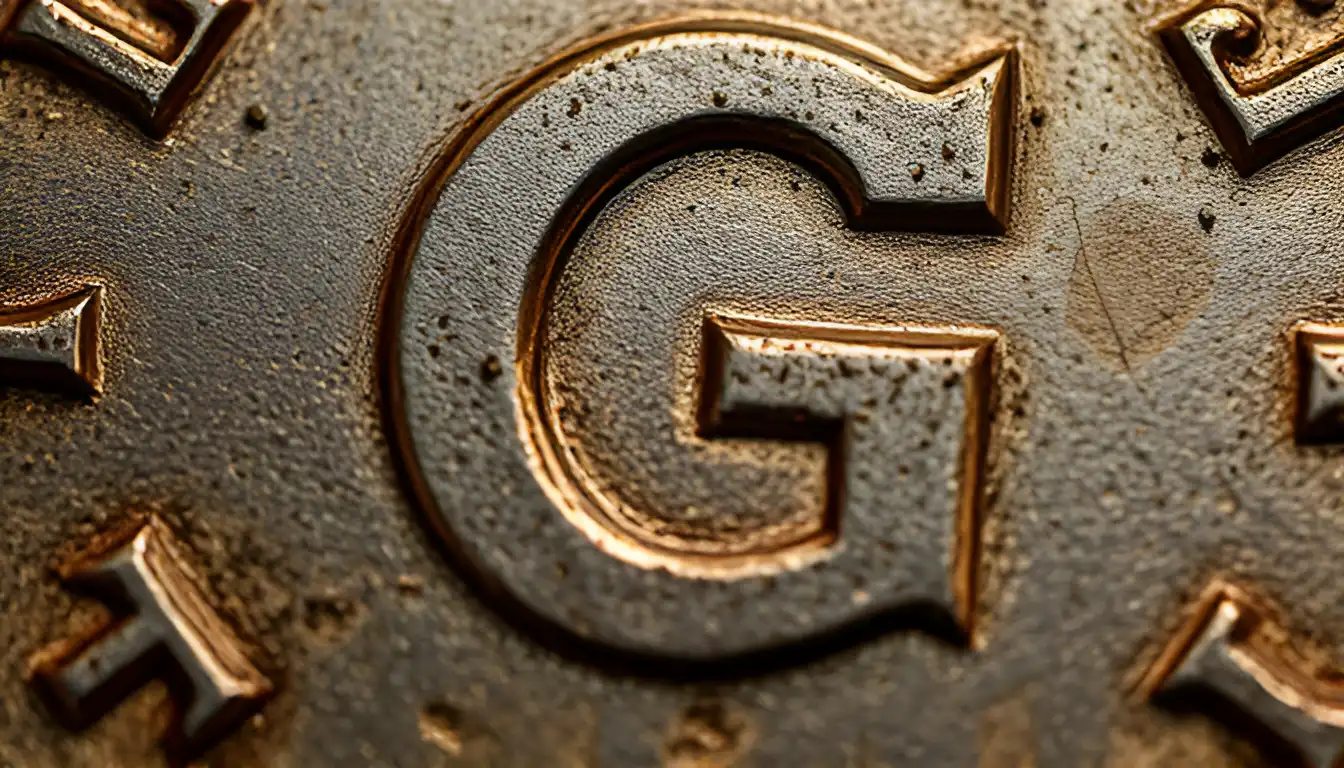
VG (Very Good) and F (Fine) Coins
Next on the grading ladder are VG (Very Good) and F (Fine) coins. These coins are still noticeably worn but show more detail than those graded as "Good."
VG (Very Good) coins are a step above "Good." You can see more of the design, but the coin still has extensive wear. Major details, e.g., a face or prominent symbol, are visible but worn down.
F (Fine) coins show moderate wear, but important features are much clearer. These coins have circulated heavily but still retain enough detail to be appreciated. You can identify patterns, faces, and lettering without too much difficulty.
Coins graded in VG or F are perfect for collectors who are starting out or those who want to have historic pieces that may not be in mint condition but still have character.
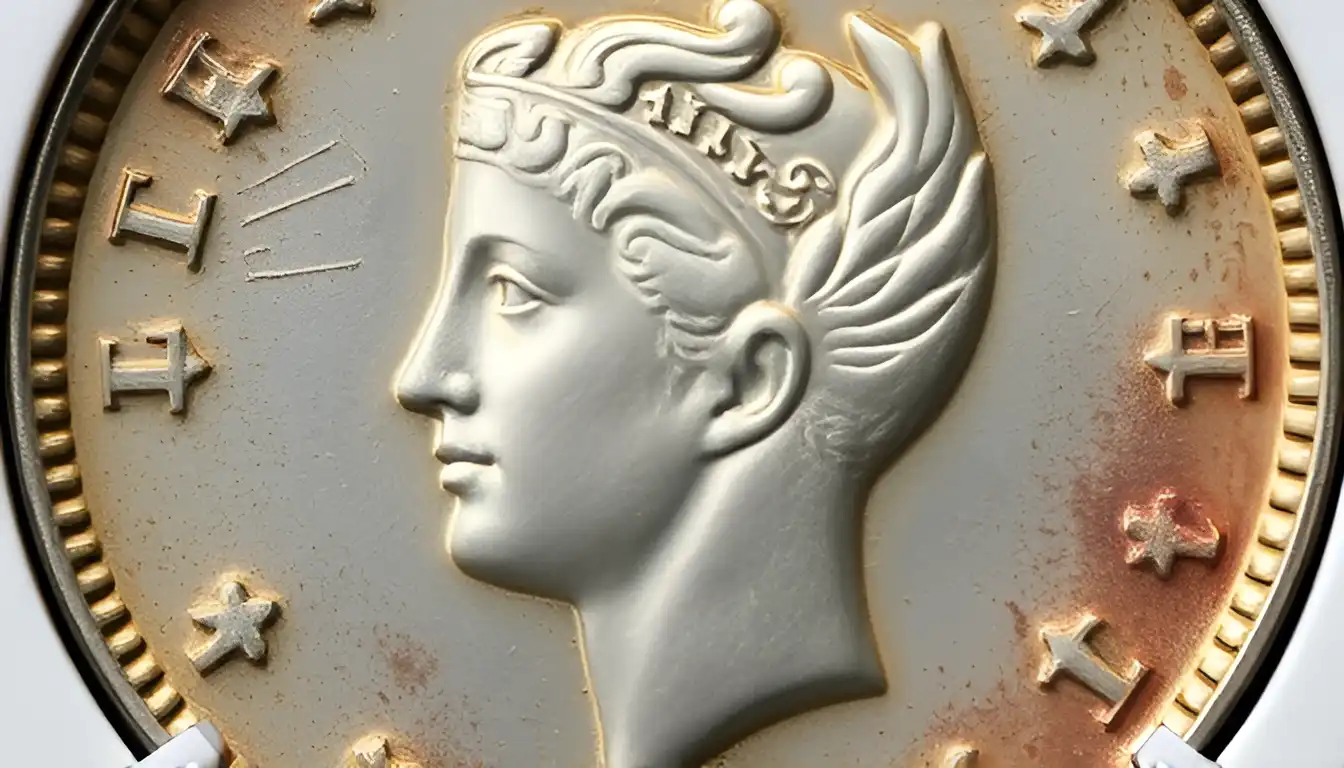
VF (Very Fine) Coins
Coins graded as VF (Very Fine) are a marked improvement from those in "Fine" or "Very Good" condition. These coins exhibit light to moderate wear but maintain much of their original detail. In a VF coin, you'll notice that most of the design elements are clear, though slightly worn on the highest points, e.g., a portrait's cheekbones or the wings of an eagle.
A coin in VF condition is often considered well-preserved despite seeing circulation, and collectors are generally happy to add them to their collections, especially if the coin is rare or witnessed a great moment from history.

XF or EF (Extremely Fine) Coins
Coins that fall into the XF (Extremely Fine) or EF (Extremely Fine) category have seen minimal circulation. Their wear is confined to only the highest points of the design, while the rest of the coin remains sharp and detailed. You might see slight flattening on a coin’s most prominent edges, but overall, it retains much of its original shine.
XF coins are highly desirable to collectors because they strike a balance between wear and affordability. They’re not quite uncirculated, but they still look fantastic, and they’re often more affordable than uncirculated examples of the same coin.

AU (About Uncirculated) Coins
Now we’re getting into the exciting stuff: AU coin grading, where coins show only the slightest signs of wear, usually from limited handling rather than circulation. So, what does AU mean for coins? AU (About Uncirculated) coins retain most of their original mint luster, and any wear is minimal, usually on the highest points of the coin.
Coins graded AU-50 to AU-58 are nearly perfect, showing only tiny signs of use. These coins are ideal for collectors who want something that looks almost new but at a fraction of the price of an uncirculated coin. In fact, when comparing AU vs MS coin grading, the difference is sometimes so slight that it takes a trained eye to spot it!
AU-50: Shows more wear than higher AU grades but still retains a decent amount of luster.
AU-58: This is the highest possible grade for an AU coin. It shows only faint traces of wear. It’s practically Mint State.

MS (Mint State) Coins
Here, the perfection starts: Mint State (MS) coins. These coins have never been circulated and show no signs of wear from handling. They’re fresh off the mint press, untouched by human hands.
Mint State (MS) coins are graded on a scale from MS-60 to MS-70, with higher numbers for fewer imperfections:
MS-60: What does MS 60 mean in coins? It’s the lowest grade in the Mint State category. While the coin has never been circulated, it may still have noticeable flaws, e.g., bag marks, scratches, dull luster, etc.
MS-65: A much higher grade than MS-60, this coin will have fewer marks and better luster. MS-65 coins are highly wanted by collectors and often command higher prices.
MS-70: This coin is in perfect condition with no visible flaws under magnification. They are exceptionally rare and often fetch the highest prices of coins at auctions.
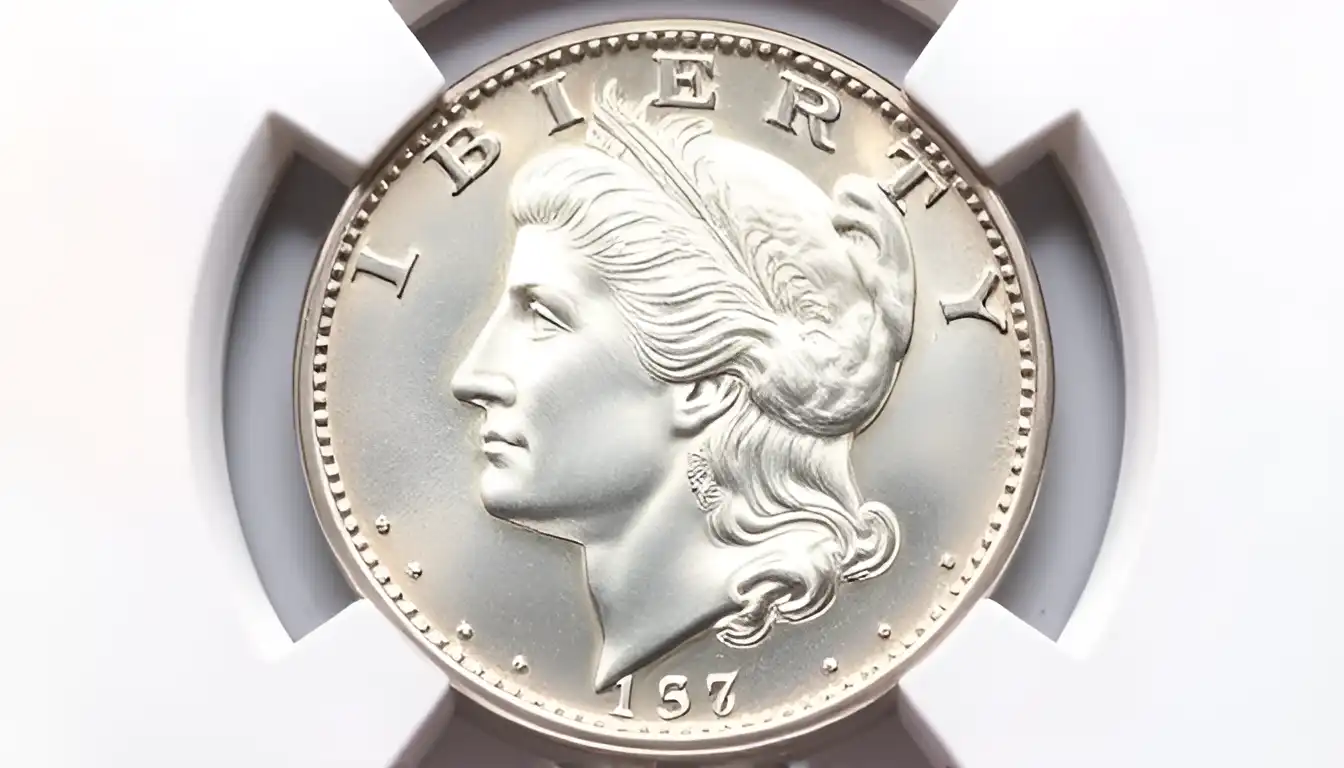
XF-AU Coin Grading and Other: Examples of Transition Zones
The area between XF (Extremely Fine) and AU (About Uncirculated) is often referred to as the "transition zone." Coins in this range show light wear, but their details remain sharp, and they retain much of their original luster. This is a desirable position for many collectors—coins graded in the XF-AU range often offer the best balance of quality and affordability.
After AU BU coin grading (Brilliant Uncirculated) goes. This refers to a coin that has never been in circulation and retains its original brilliance and luster from the minting process. It shows no signs of wear, although it may have minor imperfections, such as bag marks from handling during minting. BU coins are often further graded using the Mint State (MS) scale, with MS-60 being the lowest uncirculated grade and MS-70 being a perfect coin.
The Full Coin Grading Scale: From G to MS
Grade | Abbreviation | Description |
Good | G | Heavily worn, with most details gone. Still recognizable but lacking sharpness. |
Very Good | VG | Worn but more details visible than in Good coins. |
Fine | F | Moderate wear, with clear design elements still intact. |
Very Fine | VF | Light to moderate wear, with the majority of details still visible. |
Extremely Fine | XF or EF | Very slight wear on the highest points. Much of the luster remains. |
About Uncirculated | AU-50 to AU-58 | Nearly uncirculated, with only the slightest signs of handling. |
Mint State | MS-60 to MS-70 | Uncirculated, with MS-70 being a flawless coin showing no imperfections under magnification. |
Here’s the most accurate and detailed scale for coin grading from the NGC company.
Coin grading system is important for every collector who wants to make informed decisions about their collection. Every grade has its place in the world of coin collecting: G AU MS coin grading, and all the other.
Now that you know the entire scale, including what is AU in coin grading, you can confidently assess your coins and appreciate the subtle differences that make each grade specific.

